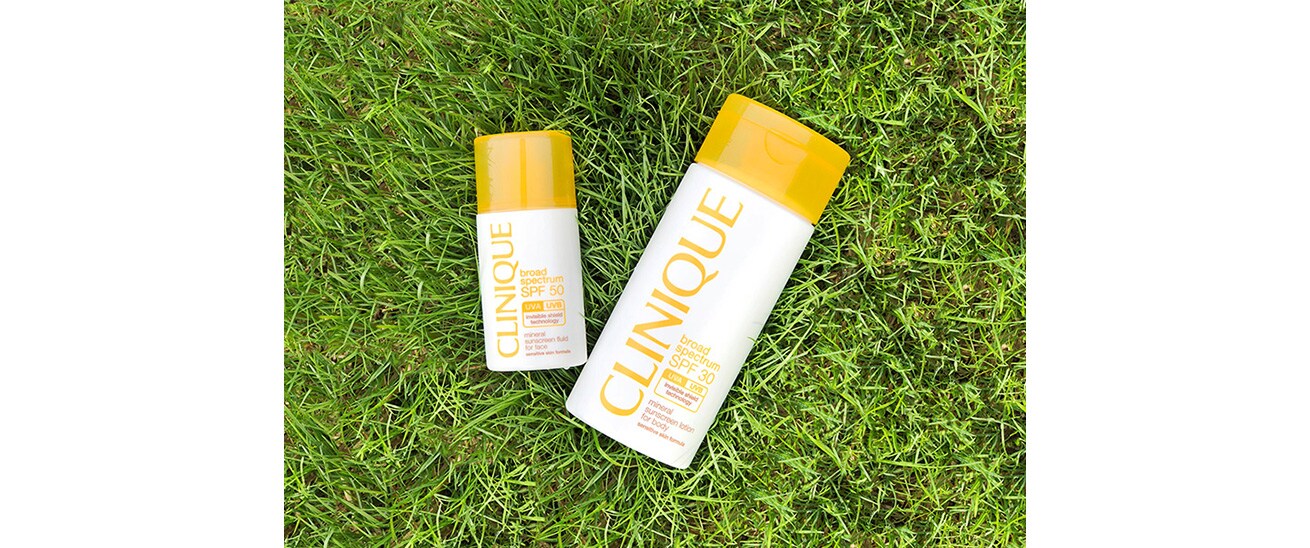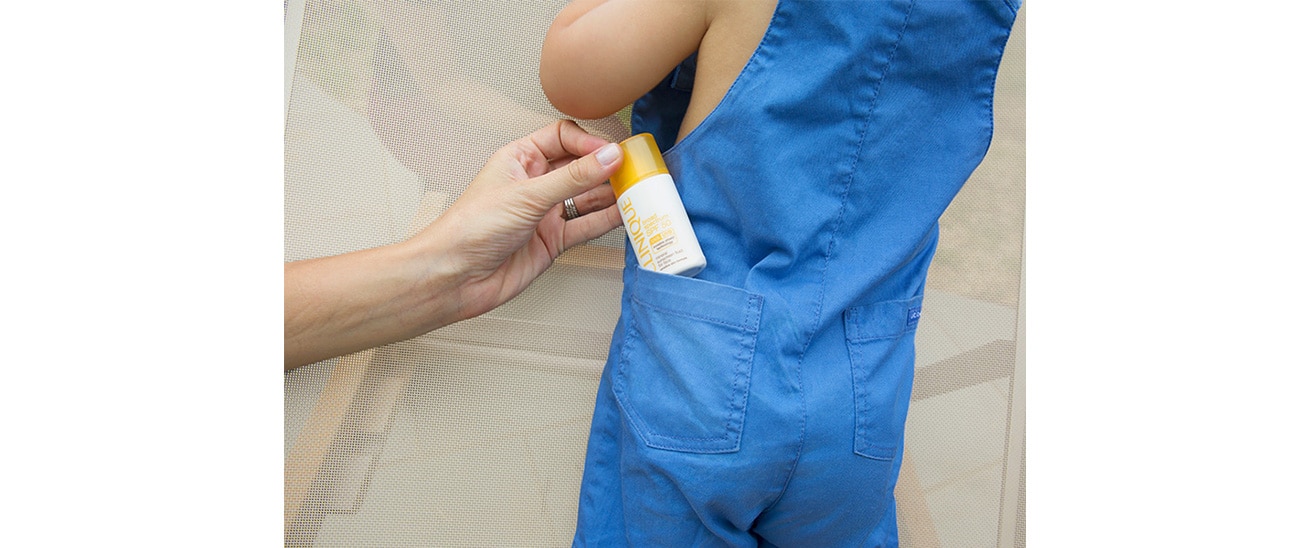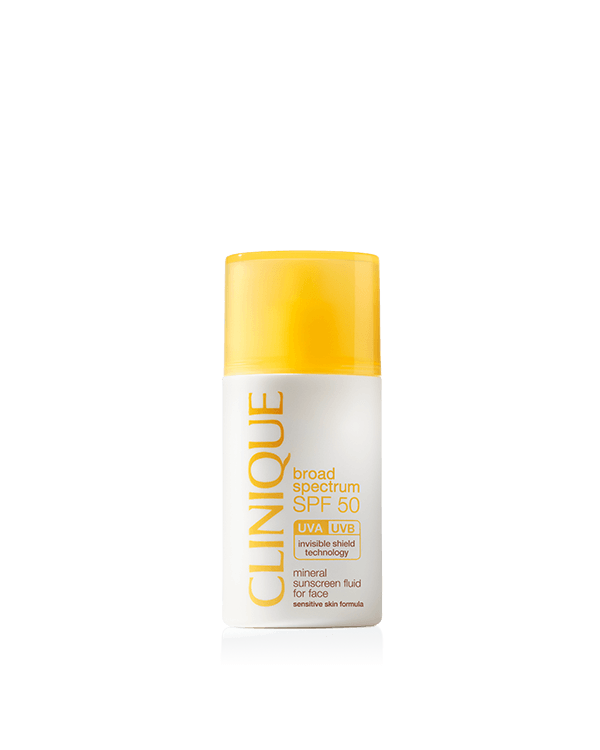

7 Must-know Tips to Keep Your Kids Sun Safe
Way back when, buying sunscreen was a no-brainer. Similar formulas from a few select brands made it a grab-and-go experience. Now, with the skincare aisles loaded with hundreds of different formulas and sun protection factors (SPF), it’s enough to make a parent's head spin. “I’ve worked in the beauty industry my entire career, so I’m pretty savvy when it comes to shopping for skincare, but deciding which sunscreen to use on my child has been very confusing,” says Ashley Allatt, a communications consultant. “I want a sunscreen that is effective, but also safe on my son’s sensitive skin, and easy to apply.”
Protecting kids from getting a bad sunburn isn’t just about saving them from the pain. It’s also about preventing long-term skin damage, from superficial premature aging, like dark spots and wrinkles, to life-threatening skin cancer. A sobering stat: According to the American Academy of Pediatrics, approximately 25% of sun exposure that a person accrues during a lifetime happens before they’re 18 years old. So how you protect your children when they're young has a huge impact on their future.
We tapped into the expertise of Dr. Michelle Henry, a New York City-based board certified dermatologist, to get the final word on the best sunscreen for kids and the best ways to apply.
1. Use a mineral sunscreen.

2. Choose a cream or lotion.
3. Always pre-apply.
4. Slather liberally.
5. Don’t forget to reapply.

6. Practice what you preach.
7. Avoid the midday high sun.
Photos: Saria Atiye | Words: Julie Redfern




